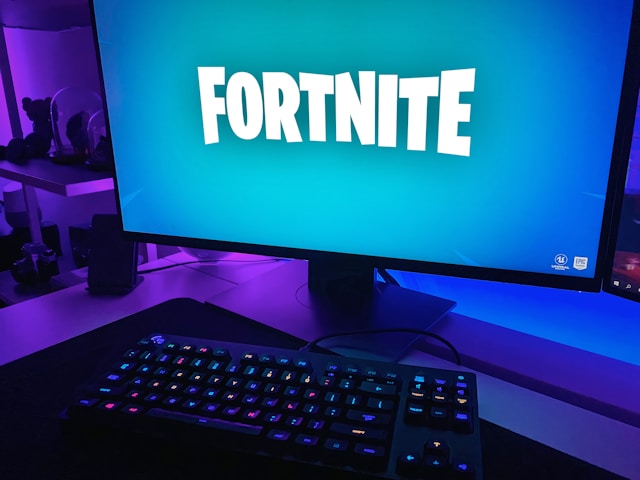Photo by Vlad Gorshkov on Unsplash
Fortnite isn’t just a battle royale game; it’s a pop culture phenomenon. One of its most iconic elements is the quirky dance emotes players can buy to celebrate victories or simply express themselves in-game. But behind these playful moves lies a surprising legal battleground –– the complex world of dance copyright.
The Carlton vs. “Fresh”
Perhaps the most famous Fortnite dance lawsuit involved actor Alfonso Ribeiro, forever known as Carlton from “The Fresh Prince of Bel-Air”. Ribeiro sued Epic Games, Fortnite’s developer, for allegedly using his signature “Carlton” dance as the basis for the “Fresh” emote. Fans instantly saw the similarities – the side-to-side steps, the swinging arms – it seemed like a clear-cut case.
However, the lawsuit hit a roadblock. Copyright law generally doesn’t protect individual dance moves or short routines. To be copyrighted, a dance needs to be a longer, fully choreographed work with a clear narrative or sequence. Ribeiro’s case faltered on this point, and he ultimately dropped the lawsuit.
The Floss, the Milly Rock, and a Legal Gray Area
Ribeiro wasn’t the only one eyeing Epic Games. Russell Horning, known as “The Backpack Kid,” claimed the wildly popular “Floss” emote was a direct copy of his signature dance. Rapper 2 Milly also filed a lawsuit over the “Swipe It” emote, accusing the game of copying his “Milly Rock” dance.
These cases highlighted the gray area surrounding dance copyrights. While longer choreographed works are protected, proving ownership – and infringement – of short dance sequences, often born out of viral internet sensations, is much trickier.
Choreography Copyright to the Rescue
A recent case, however, might change things. Choreographer Kyle Hanagami sued Epic Games over the “It’s Complicated” emote, arguing that it infringed on his copyrighted choreography for Charlie Puth’s “How Long” music video. In a significant shift, a federal appeals court allowed the case to proceed, recognizing that choreographic works, even short ones, could potentially be protected by copyright.
The Bottom Line on Fortnite’s Dance Dilemmas
The Fortnite dance lawsuits opened a fascinating debate about ownership, creativity, and fair compensation for artists in the digital age. While the earlier cases stumbled, the door may now be open for choreographers to protect their work – particularly when it involves more structured sequences rather than individual, viral dance moves.
As for Fortnite, the legal landscape may be evolving. The game has undeniably brought popularity to dance crazes, but the question of who ultimately owns those moves, and how they can be used outside their original context, remains a tricky one.
